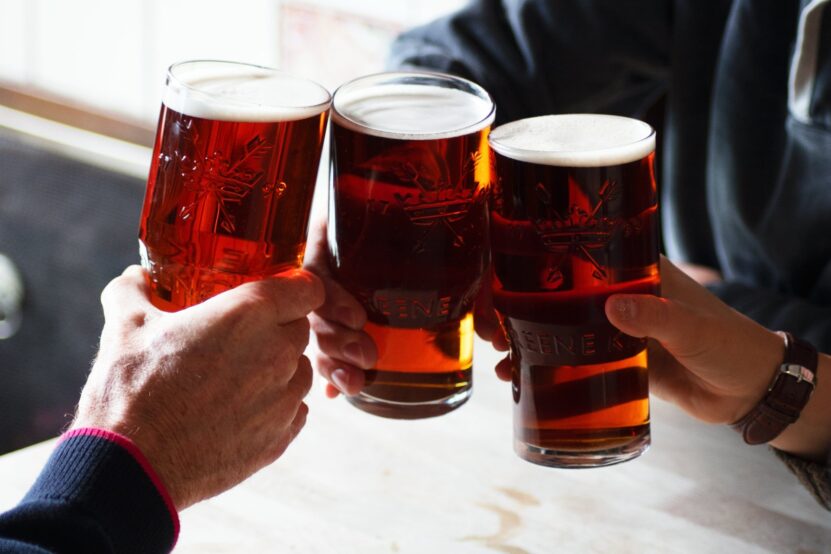Are you a craft beer enthusiast? Or maybe you’re a newcomer eager to explore the burgeoning world of artisanal brews? Whichever camp you fall into, one question that likely plagues your mind is: How long does craft beer last?
Fear not, dear readers. This comprehensive guide will help you navigate the intricacies of craft beer shelf life, leaving you more informed and above all, ensuring that each sip you take is as enjoyable as the brewmaster intended.
Craft Beer in A Nutshell
Before diving into the heart of the matter, let’s clear up any confusion about what craft beer actually is. Craft beer is a term used to describe beers made by small, independent, and traditional breweries. These breweries prioritize flavor, quality, and brewing technique over mass production.
Their beer is typically characterized by its uniqueness, complexity of flavors, and the high-quality ingredients used. Because of these characteristics, craft beers can be more sensitive to age and storage conditions than their mass-produced counterparts.
3 Factors Affecting Craft Beer Shelf Life
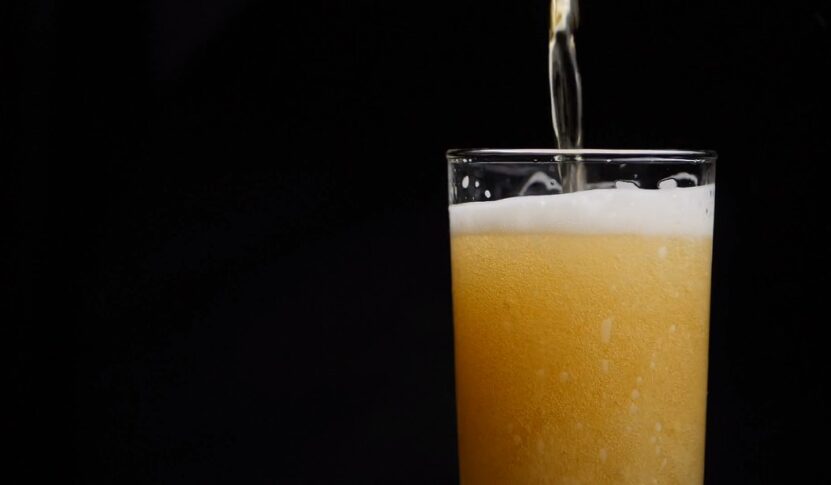
Numerous factors contribute to the lifespan of craft beer. Let’s take a look at the most significant ones:
1. Style
Different styles of beer have different lifespans. Beers with high alcohol content, like barley wines, imperial stouts, or Belgian strong ales, can last for years when stored properly. They can even improve with age, much like a fine wine.
Conversely, beers with lower alcohol content, such as pale ales, IPAs, and wheat beers, are best consumed fresh. These styles typically lose their distinct flavors and aromas over time.
2. Packaging
Packaging plays a crucial role in longevity. Beers sealed in cans tend to last longer than those in bottles, as cans prevent light from reaching the beer, which can degrade its quality.
3. Storage Conditions
Like any food or drink, craft beer’s shelf life is significantly impacted by storage conditions. Beers stored in a cool, dark place will last longer than those exposed to heat and light.
The Tell-Tale Signs of Aged Beer
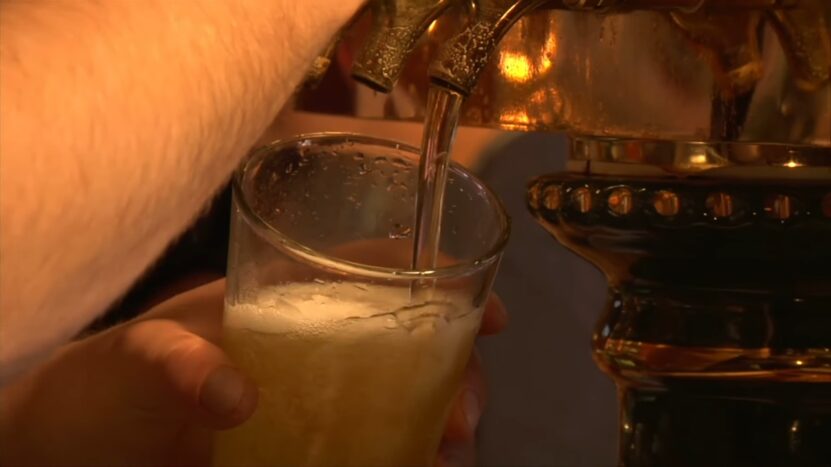
How do you know if a beer has gone past its prime? Look for these common signs:
- Flavor Changes: A beer that’s too old may taste flat, stale, or have a sharp, sour flavor that wasn’t there before.
- Color Changes: If your beer has darkened or become cloudy, it may be past its prime.
- Smell Changes: Aged beers can develop a musty or stale aroma.
So, How Long Does Craft Beer Last?
Now, to the question at hand: How long does craft beer last? The answer varies widely depending on the factors mentioned above, but as a general rule, most craft beers can last anywhere from 6 months to 2 years when stored properly.
However, always check the bottle or can for a printed expiration date. Many craft brewers include this information to ensure their beer is consumed at peak quality.
Freshness Matters
For many craft beers, particularly hop-forward styles like IPAs and pale ales, freshness is crucial. These beers are best consumed within a few months of their packaging date to fully appreciate the aromatic hops. After this time, the hop aroma and flavor can fade, significantly altering the beer’s character.
Aging Beer
On the other hand, some beers, especially those with high alcohol content, can be aged. Aging can mellow harsh flavors and allow complex ones to develop, enhancing the beer’s overall profile.
However, not every beer will improve with age. It’s an experiment that can yield great results or lead to disappointment, so age wisely!
The Art of Storing
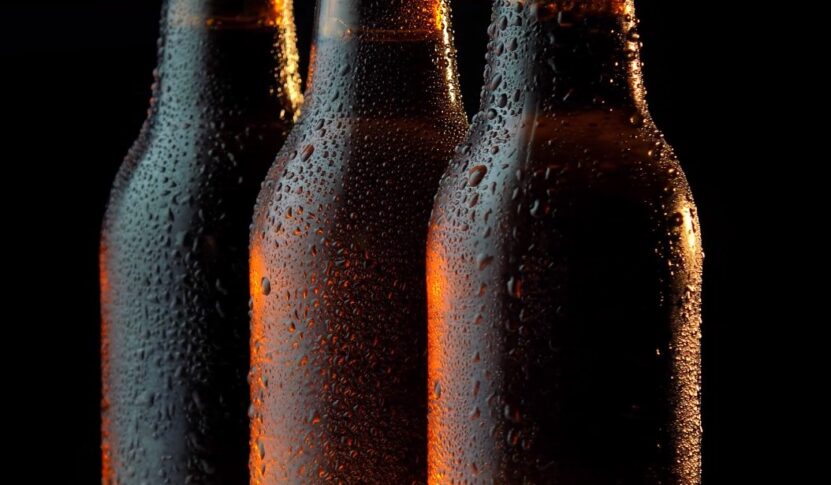
We’ve established that how you store your craft beer has a substantial impact on its shelf life. Let’s delve into the best practices to ensure your brews stay in top-notch condition.
1. Keep It Cool
Temperature plays a pivotal role in beer storage. Ideally, you want to keep your beer at a temperature between 50-55°F (10-13°C). At this range, the beer’s aging process slows down, preserving its original flavor for longer. Extreme temperatures, whether too hot or too cold, can damage the beer.
2. Keep It Dark
Light, especially sunlight, is harmful to beer, causing it to degrade and develop off-flavors, commonly referred to as being “skunked”. Always store your beer in a dark place to protect it from light exposure.
3. Keep It Upright
Whether it’s a bottle or a can, always store your beer upright. This minimizes the beer’s surface area in contact with air and slows down oxidation, preserving the beer’s quality.
Making the Most of Your Craft Beer Experience
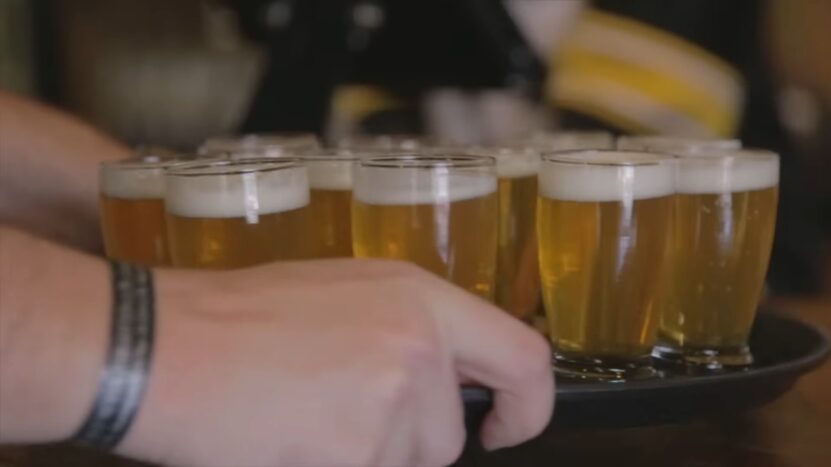
Proper storage and understanding of craft beer longevity go a long way in enhancing your overall beer experience. But, there’s more to it than just that. Here are a few more tips to help you make the most of your craft beer journey:
- Buy Only What You Need: While it’s tempting to stock up when you find a beer you love, remember that freshness is key to enjoying most craft beers. Buy only what you’ll consume in the near future.
- Try Before You Age: If you’re considering aging a beer, try it fresh first. This will give you a baseline to compare against and help you understand how the beer changes over time.
- Keep Experimenting: The beauty of craft beer lies in its vast diversity. Don’t be afraid to try new styles, breweries, and flavors.
Craft Beer: A Journey Beyond Shelf Life
Craft beer is more than a beverage; it’s a testament to the artistry and passion of its creators. As we continue our exploration, let’s delve into some facets that go beyond the question of shelf life.
The Impact of Ingredients on Longevity
Craft brewers are known for their inventive use of ingredients, which can also impact a beer’s shelf life.
- Hops: Highly hopped beers, like IPAs, have a natural preservative effect, which can extend their lifespan. However, the aromatic compounds in hops degrade over time, which is why these beers often taste best when fresh.
- Adjuncts: Ingredients like fruit, spices, or coffee can add a unique twist to a beer. However, these ingredients can also affect the beer’s longevity. Generally, beers with adjuncts should be consumed sooner rather than later to appreciate the full flavor profile.
The Role of Pasteurization and Filtration
Pasteurization (heating beer to kill off yeast and bacteria) and filtration (removing solids from the beer) can extend a beer’s shelf life. However, many craft brewers opt not to use these processes, as they can affect the beer’s taste and character. This is another reason why craft beers often have a shorter shelf life than mass-market beers.
Beer Cellaring: A Deeper Dive
We touched on the concept of beer aging or “cellaring” earlier, but it’s a topic worth a closer look. Some craft beer enthusiasts swear by the practice of cellaring beer, likening it to aging fine wine.
- The Right Conditions: Cellaring should be done under specific conditions. Ideally, the beer should be stored at a steady temperature of around 55°F (13°C) with minimal light exposure.
- The Right Beers: Not all beers are suitable for cellaring. As a rule of thumb, beers with an ABV (Alcohol By Volume) of 8% or more, such as imperial stouts, barley wines, and Belgian ales, tend to age well.
- Patience is Key: Aging beer is a waiting game. It can take years for flavors to evolve and the beer to reach its peak. However, it’s also a gamble, as not all beers will improve with age.
The Magic of Beer and Food Pairing
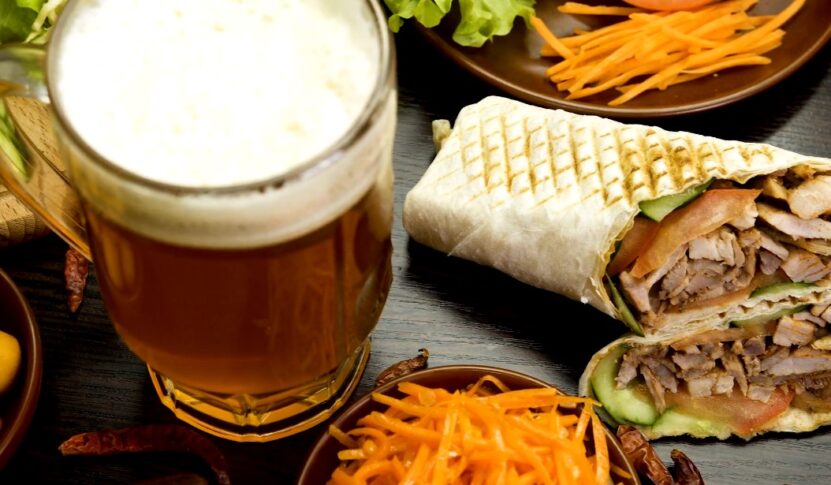
Lastly, to enhance your craft beer experience, don’t overlook the joy of beer and food pairing. The right combination can elevate both the beer and the dish, creating a symphony of flavors on your palate.
- Contrast and Complement: Look to either contrast or complement flavors. A spicy dish might pair well with a crisp, fruity beer, while a rich chocolate dessert could be enhanced by a robust, coffee-like stout.
- Experiment: There’s no hard and fast rule for pairing. Use your palate as your guide and don’t be afraid to experiment.
Wrapping Up
Understanding how long craft beer lasts, how to store it properly, and how to identify signs of aging will undoubtedly enhance your appreciation of this artisanal beverage. Remember, while guidelines are beneficial, your personal enjoyment is the ultimate measure of a beer’s worth.
So, here’s to fresh brews, new discoveries, and the continued enjoyment of craft beer. Cheers!

